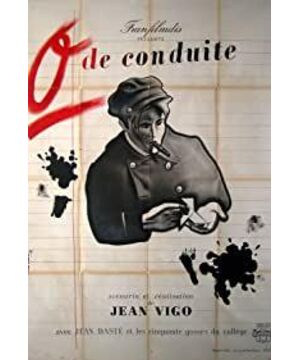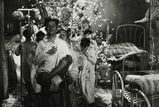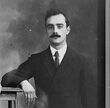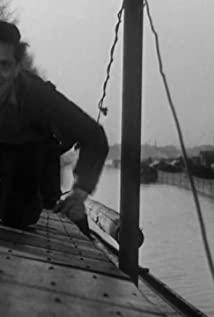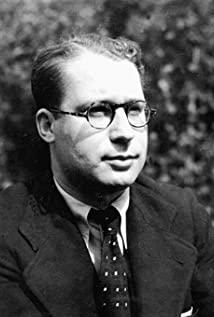The setting of the characters is too ironic. The contrast between the headmaster's figure, the four old stubborn greasy images and the good teacher's sunny and handsome image is funny. At the same time, we can see Jean Vigo's critical attitude towards those in power in education. At the same time, the scene is arranged The film's deep irony is better served by the use of stunt photography (such as the use of mirrors to show the funny class guide imitating the principal's actions) and stunt photography (such as the animation effect of the cartoon on the good teacher's paper).
There are many details in which the rude, stupid, and formalistic images of several teachers are vividly and delicately portrayed, such as the fat teacher's unqualified daily movements on the podium, and the short principal's effort to put his hat on a high place and use a glass cover." enshrined" (a metaphor for his extreme emphasis on rights) and so on.
From the character setting, the character "Good Teacher" can be seen that he supports the resistance of the children, but his foolish and dismissive attitude from beginning to end shows that he does not have the power to save and liberate children and Ability, his existence has no meaning of resistance, maybe it just expresses an angry joke from the director: There is no serious person in this society for adults?
The most exciting scene in the whole film is undoubtedly the pillow fight at the end of the climax. The fluffy cotton wool, dramatic lighting methods, and the use of upgraded shots really perfectly combine poetry and reality, and let me truly understand what it is Called "French Poetic Realism".
View more about Zero for Conduct reviews


